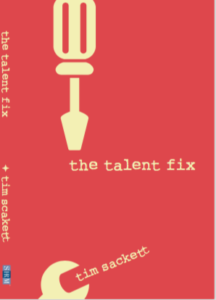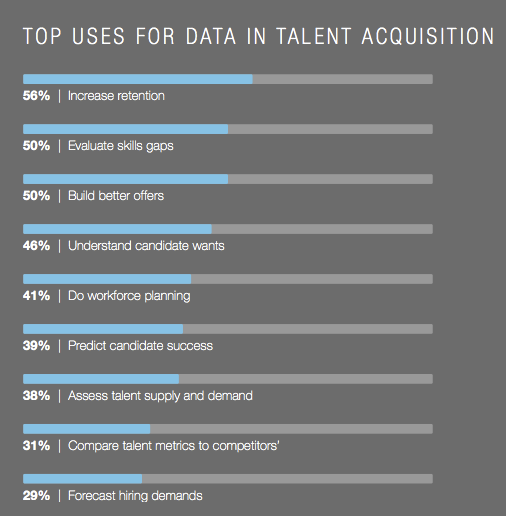Today on The Weekly Dose I take a look at the candidate referral automation platform EmployUs. I actually first told you about EmployUs about four years ago when they just launched, but since then they’ve improved their tech and added a bunch of stuff, so I wanted to give you a second look!
You guys already know I’m in love with candidate referral automation. In my experience of looking at every kind of HR and TA Technology I believe it has the single highest ROI of any tech on the market, and let still relatively few organizations actually use it as part of their TA Tech stack.
EmployUS took candidate referral technology one more step and actually allows you to use it both internally and externally with your organization. Clearly we love using this tech with our employees to get more of their referrals, but what if we could also use it outside our organization to gain more referrals as well? EmployUs allows you to do that, if you choose.
What I like about EmployUs:
- They jumped into the chatbot/AI world to help those referring candidates make it much easier and faster, and through the use of SMS they’ve actually made is super simple for hourly workers to now refer candidates in seconds! Always a draw back to traditional referral software.
- The automation aspect truly helps make the referral process simple for your internal employees who might not be thinking of this all day, every day, but once they do decide, you need it to self-sufficient and fast.
- Tailored email and texting campaigns so you can target parts of your organization for specific referrals.
- A dashboard that tracks and automates payouts based on the rules you build, that also gives you the gamification aspect of internal scoreboards to keep your referral program top of mind all the time.
Here’s what we know. Most of our top hires come from referrals. Our most inexpensive hires come from referrals. Almost all of us would say we need more referrals in our hiring process.
Then we watch our old, tired, analog referral program deliver the exact same results year in and year out, and we do nothing to change it. Go demo EmployUs and take a look at what your candidate referral program should look like.
 The Weekly Dose – is a weekly series here at The Project to educate and inform everyone who stops by on a daily/weekly basis on some great recruiting and sourcing technologies that are on the market. None of the companies who I highlight are paying me for this promotion. There are so many really cool things going on in the tech space and I wanted to educate myself and share what I find. If you want to be on The Weekly Dose – just send me a note – timsackett@comcast.net
The Weekly Dose – is a weekly series here at The Project to educate and inform everyone who stops by on a daily/weekly basis on some great recruiting and sourcing technologies that are on the market. None of the companies who I highlight are paying me for this promotion. There are so many really cool things going on in the tech space and I wanted to educate myself and share what I find. If you want to be on The Weekly Dose – just send me a note – timsackett@comcast.net
Want help with your HR & TA Tech company – send me a message about my HR Tech Advisory Board experience.


